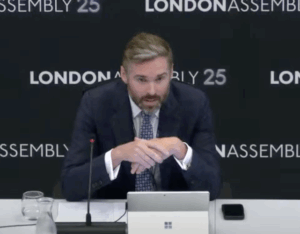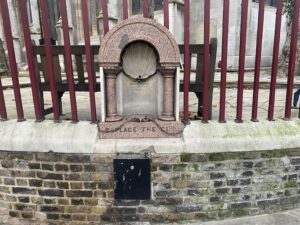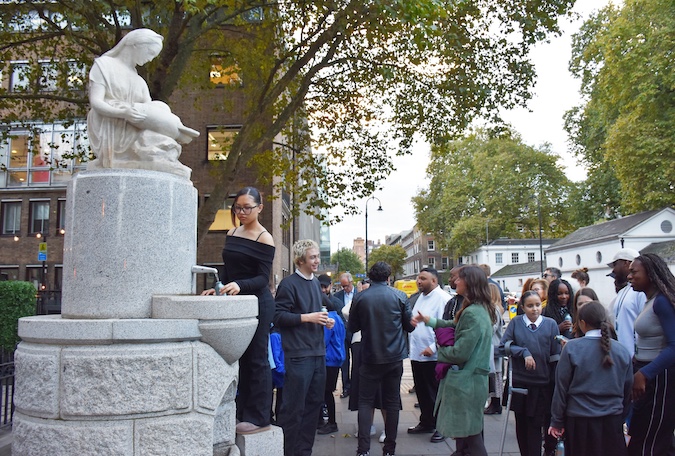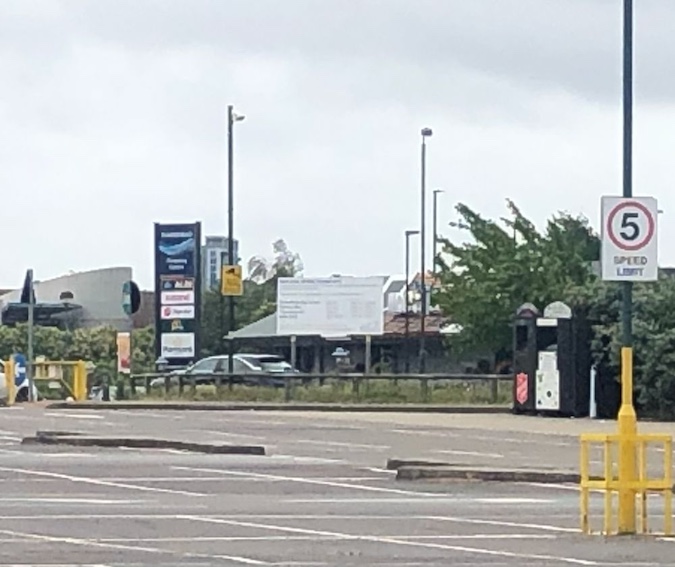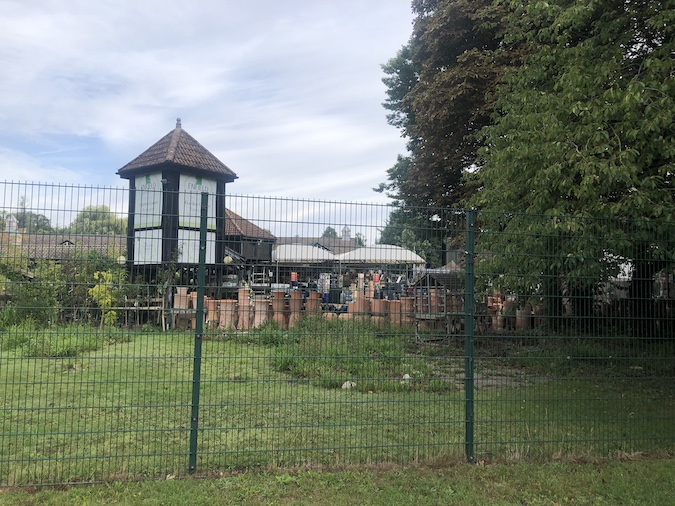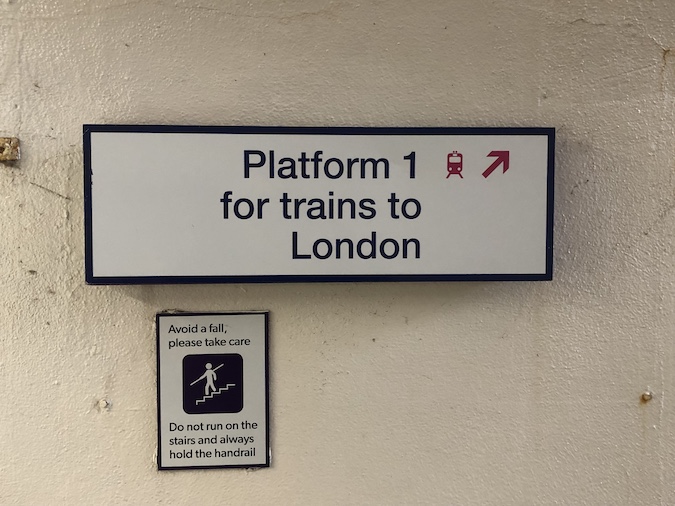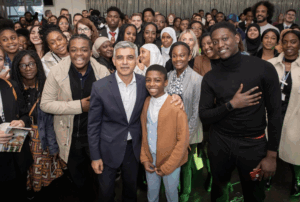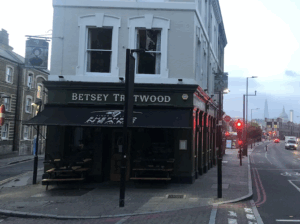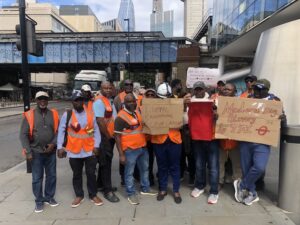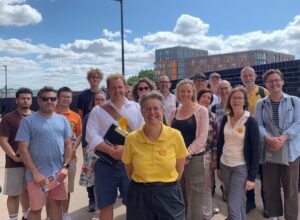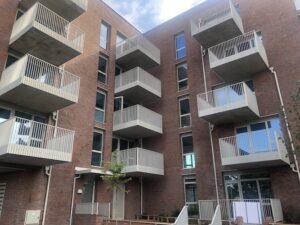Are things beginning to look up for affordable housing in London? Sir Sadiq Khan’s housing deputy Tom Copley sounded optimistic about the progress of City Hall’s government-funded affordable homes grant programmes when he appeared before the London Assembly housing committee earlier this week.
It’s a mixed picture, though. The Mayor’s initial affordable homes programme (AHP), which saw an allocation of £4.8 billion for the period for 2016 to 2023, met its target of 116,000 homes started. However, a second programme, running from 2021 to 2026 with £4 billion to invest, has seen just 5,500 “starts” to date. That’s well short of its target of between 17,700 and 19,000 affordable homes got underway by next year.
The housing associations delivering the bulk of the programme, along with councils taking forward their own schemes, had been hit by the same problems affecting the wider housebuilding sector, Copley said: the now familiar cocktail of high interest rates, spiralling building costs, labour shortage, hold-ups over post-Grenfell safety rules, the continuing impact of Brexit and inadequate past government funding, all pushing construction in the city to the brink.
But “green shoots” of recovery were now evident, Copley said. Last year, affordable housing starts were up 70 per cent, alongside renewed confidence in the social housing sector, putting the Mayor’s challenging targets within reach. “Starts will ramp up and we will be able to achieve the 2021 to 2026 target range,” he asserted.
What’s behind the optimism? Government action, said Copley (pictured), including the new £11.7 billion ten-year AHP funding deal from 2026, hailed by Khan as the “biggest and longest funding settlement that the capital has ever received for affordable and social housebuilding”. In addition, there is a long-term rent deal that will boost housing association balance sheets, easier ways for councils to recycle Right to Buy receipts into new housing, and more cash for vital post-Grenfell fire safety improvements. Initial bids for the next round of AHP funding will be invited next month, with overall delivery targets to be confirmed next year.
Good news, then. But City Hall funding is just one part of the affordable homes story. On the other side, where private developers build affordable homes under “Section 106” agreements with boroughs in return for planning permission, there’s far less optimism.
Just 2,158 private homes were started on schemes of more than 20 homes in the first half of this year. There are 200,000 permitted but unbuilt homes on “stalled” sites in the London Plan’s 47 “opportunity areas” alone, with developers arguing that they are now “unviable”. That’s a big concern, given that the Section 106 deals on sites like these have generally provided up to half the affordable homes in the capital in recent years
Berkeley’s 637-home Camden Goods Yard scheme is just one example, with the housebuilder saying that rising costs mean it can no longer provide the affordable housing it originally promised. The builder now wants to slash that commitment by almost half. Without that concession, it warns, the site would “stall altogether, like so many others”. Councillors are so far resisting, but calls are growing for Khan to relax his “35 per cent affordable” homes threshold for larger developments.
It’s a particular issue on brownfield sites that are expensive to develop, including the opportunity areas. Consultant and former councillor Rhys Williams warned last month that the threshold is now squeezing developers “beyond breaking point”, resulting in brownfield development collapsing “exactly where we need housing most urgently”.
City Hall is listening, it seems. “We’ve been hearing the message from the sector about how challenging viability is, and we intend to respond to that,” Copley told the committee. The 35 per cent threshold would be reviewed as Khan gets to work on the next London Plan, to run from 2027, he confirmed.
But Khan is also looking to identify development opportunities in the capital’s extensive Green Belt – land which had “substantial potential” and was cheaper to develop, Copley said. “We can’t meet our targets without Green Belt development.” That set alarm bells ringing. “We are worried we will get to a situation in a few years where we will still have brownfield sites that are empty and the Green Belt being built on,” said committee chair Zoe Garbett.
Will the new London Plan meet developers’ demands, or might Khan act sooner to get brownfield sites going, as some are urging? “The industry cannot wait for a new London Plan. There is a mountain of stuck consents that are working off yesterday’s assumptions. They can be unlocked before we go to the Green Belt,” says Nick Cuff, experienced in local government and now managing director of real estate advisers Urban Sketch. He proposes immediately reducing affordable housing requirements in opportunity areas to 15 per cent and reinstating “fast track” processes to review now outdated affordable home agreements on existing schemes.
Battle lines are being drawn. The capital’s housing associations argue that “in the face of acute affordable housing need, maximum delivery must remain the expectation…Viability concern should not become a route for reducing affordable provision.” City Hall, too, recently told MPs the threshold had successfully boosted affordable supply and helped “embed affordable housing requirements into land values”.
The key intervention, Copley said, would be the proposed City Hall developer investment fund, providing “different types of financing that will help to get some of those stalled sites moving again”. The government has supported the proposal, though details are still awaited. Meanwhile separate government funding has just been announced to unblock almost 4,000 new homes on currently stalled sites at High Road West in Tottenham and Billet Road in Redbridge.
Arguments about where to set the balance between public and private funding are not new. There’s hard bargaining on both sides, and current problems are not all down to planning rules, either. But the coming months could be critical, for all parts of the housing system.
Follow Charles Wright on Bluesky. Watch the London Assembly housing committee meeting here.
OnLondon.co.uk provides unique coverage of the capital’s politics, development and culture with no paywall and no ads. Nearly all its income comes from individual supporters. For £5 a month or £50 a year they receive in-depth newsletters and London event offers. Pay via any Donate link on the website or by becoming a paying subscriber to publisher and editor Dave Hill’s Substack.

